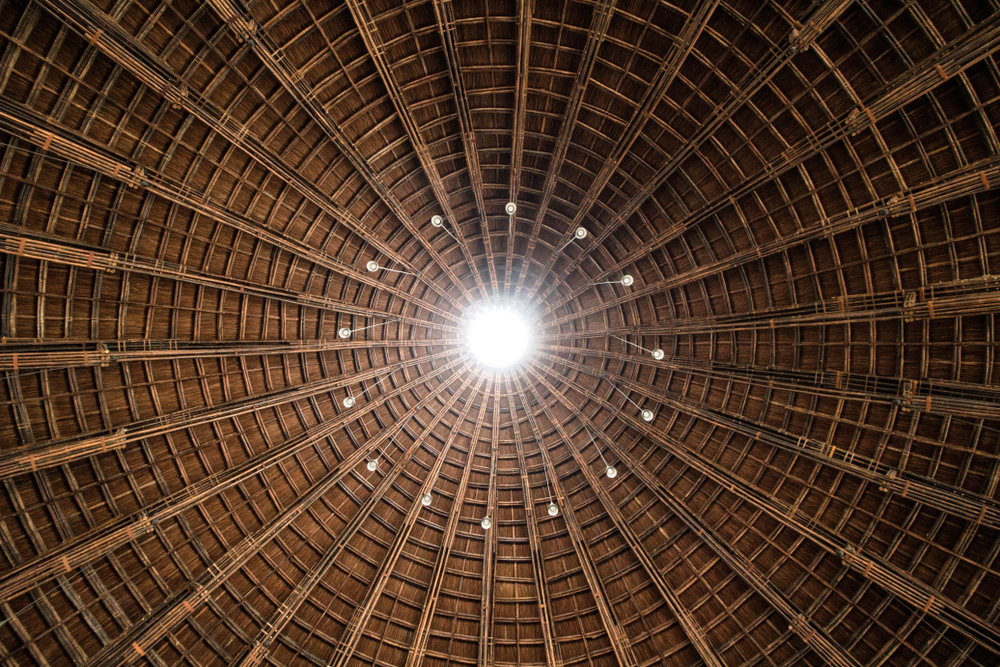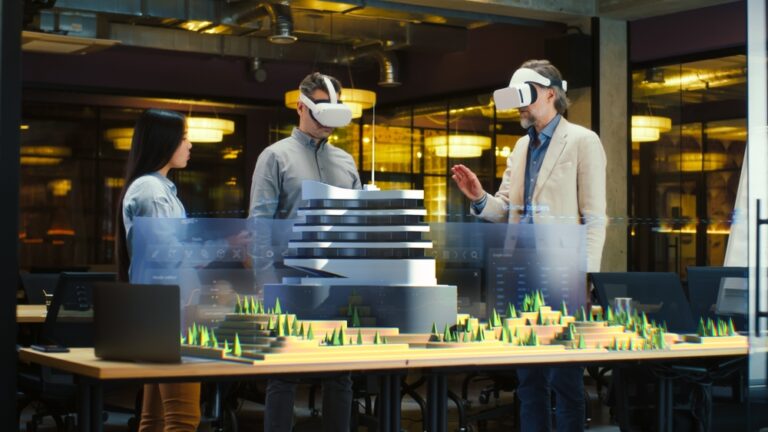Bamboo architecture: How augmented reality plays a transformative role
Architects and designers are exploring the eco-friendly advantages, challenges, and innovative applications of bamboo in construction with the power of augmented reality

Bamboo offers numerous benefits and challenges as a sustainable building material. On the positive side, bamboo is highly eco-friendly, sequestering more carbon dioxide than most trees, reducing erosion, and supporting wildlife habitats. According to General Construction on Linked In, it’s energy and water-efficient in production and promotes socio-economic growth in local communities.
However, there are challenges to consider. Bamboo’s durability and resistance to pests, fungi, and fire are concerns, necessitating chemical treatments that can impact quality and cost. Moreover, standardising bamboo construction techniques and codes is a challenge due to its heterogeneous nature, demanding expertise and creativity.
Bamboo presents exciting design possibilities, with its flexibility allowing for unique shapes and blending well with other materials. Innovations include engineered bamboo products like laminated bamboo and bamboo composites, enhancing performance and sustainability. Integration with renewable energy systems is another trend for resilient buildings.
Related: Bamboo, a viable construction material for a sustainable future
Augmented Reality (AR) is revolutionising bamboo architecture from design to construction and education. Bamboo U reported that bamboo architecture traditionally relied on physical models to convey intricate designs to craftsmen. However, the digital revolution is introducing computer-aided and parametric design tools, unlocking bamboo’s potential.
AR plays a pivotal role by superimposing digital data onto the physical world, enabling in-site visualisation of complex designs. It bridges the gap between designers and craftsmen, democratising craftsmanship by providing intuitive, holographic instructions.
In education, AR blurs the line between students and craftsmen, allowing participants to become skilled artisans. It aids in various construction stages, from marking foundations to verifying geometry, empowering hands-on learning. Looking ahead, AR’s future involves more advanced algorithms and collaborative tools. It will streamline communication between architects, craftsmen, and clients, enhance construction precision, and integrate with emerging technologies like drones. Augmented Reality is not just a tool; it’s a catalyst for innovation, collaboration, and skill democratisation in the evolving world of bamboo architecture.
The Property Report editors wrote this article. For more information, email: [email protected].
Recommended
Why everyone is moving to Selangor and Johor: Malaysia’s real estate comeback
Malaysia’s upturn in fortunes is especially prevalent in secondary destinations such as Selangor and Johor
Penang’s silicon boom: How the US-China tech war is supercharging local real estate
Penang’s booming semiconductor industry has created ripples within the local real estate sector
ARES White Paper Volume 2: Unravelling the power of data revolution in real estate
Insights on proptech, smart cities, and sustainable development
ARES Digital White Paper Volume 1 tackles the fundamentals of responsible building
Green and climate heroes join forces to discuss how Asia Pacific can weather the current environmental crises and the looming effects of climate change







